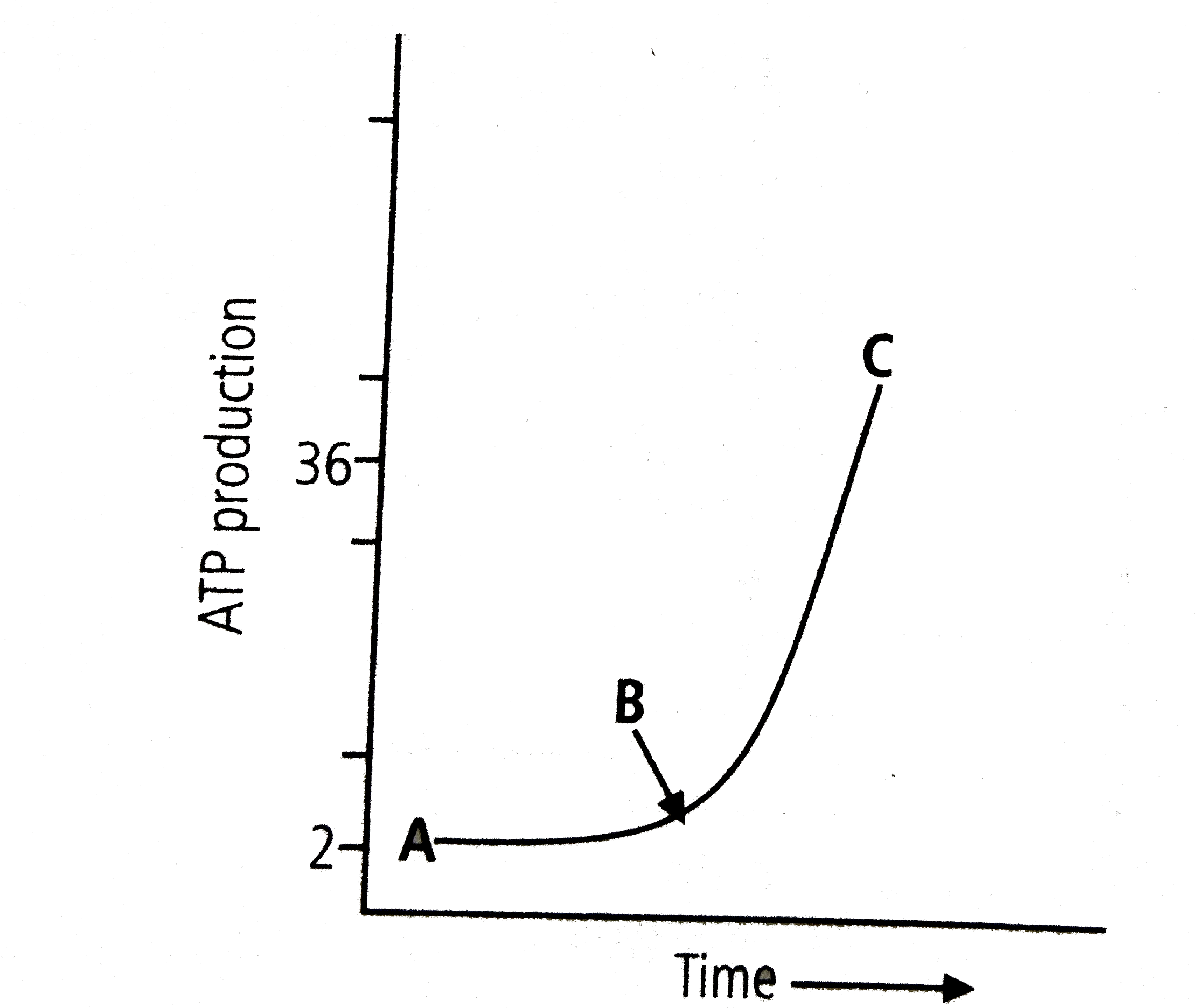The nutrient medium used for tissue culture does not contain (a) carbon source (b) Inorganic salts (c) plant growth regulators (d) Enzymes (e) vitamins and amino acid
only (b), (d) and (e)
only (b) and (c)
only (d)
only a)
To solve the question regarding the nutrient medium used for tissue culture, we need to analyze the components typically included in such a medium and identify which one is not required.
1. Understanding Tissue Culture:
- Tissue culture is a technique where a part of a plant (called the explant) is grown in a controlled, sterile environment, usually in a test tube or culture vessel.
2. Components of Nutrient Medium:
- The nutrient medium must contain several essential components for the growth of the plant:
- Carbon Source: This is crucial for energy and growth. Common examples include sucrose or glucose.
- Inorganic Salts: These provide essential minerals and nutrients necessary for plant growth.
- Plant Growth Regulators: These include hormones like auxins and cytokinins that regulate growth and development.
- Vitamins and Amino Acids: These are important for various metabolic processes and overall plant health.
3. Identifying the Incorrect Component:
- Now, we need to determine which of the options provided is not typically included in the nutrient medium:
- (a) Carbon Source - Required
- (b) Inorganic Salts - Required
- (c) Plant Growth Regulators - Required
- (d) Enzymes - Not Required (Plants can synthesize their own enzymes, and they are not typically added to the medium)
- (e) Vitamins and Amino Acids - Required
4. Conclusion:
- The nutrient medium used for tissue culture does not contain (d) Enzymes.
Final Answer:
(d) Enzymes
- Tissue culture is a technique where a part of a plant (called the explant) is grown in a controlled, sterile environment, usually in a test tube or culture vessel.
- The nutrient medium must contain several essential components for the growth of the plant:
- Carbon Source: This is crucial for energy and growth. Common examples include sucrose or glucose.
- Inorganic Salts: These provide essential minerals and nutrients necessary for plant growth.
- Plant Growth Regulators: These include hormones like auxins and cytokinins that regulate growth and development.
- Vitamins and Amino Acids: These are important for various metabolic processes and overall plant health.
- Now, we need to determine which of the options provided is not typically included in the nutrient medium:
- (a) Carbon Source - Required
- (b) Inorganic Salts - Required
- (c) Plant Growth Regulators - Required
- (d) Enzymes - Not Required (Plants can synthesize their own enzymes, and they are not typically added to the medium)
- (e) Vitamins and Amino Acids - Required
- The nutrient medium used for tissue culture does not contain (d) Enzymes.
(d) Enzymes
Topper's Solved these Questions
Similar Questions
The nutrient culture medium is a misture of
I) Essential nutrients
II) Amino acids
(III) Vitamins
(IV) Carbohydrates
View SolutionIdentify the correct sequence of events involved in tissue culture experiments
(a) Preparation of explant
(b) Incubation for growth
(c) Preparation of nutrient culture medium
(d) Acclimatization of plantlets
(e) Innoculation of explant
(f) Sterilization of nutrient medium
View Solution
Knowledge Check
Instrument used for measurement of plant growth is
(a) auxonometer
(b) ganong's light screen
(c) willmot's buber
(d) potometerAauxonometerBganong's light screenCwillmot's buberDpotometerA substance that does not contain water of crystallization is:
(a) Blue vitriol
(b) Common salt
(c) Glauber's salt
(d) Washing soda crystalsABlue vitriolBCommon saltCGlauber.s saltDWashing soda crystalsAnimal cells are suspended in a culture medium that contains excess glucose. The graph below shows glucose utilisation under different growth conditions (A),(B), and (C) in the graph indicate
 AA-Anaerobic respiration
AA-Anaerobic respiration
B-Introduction of O2 to culture medium
C- Aerobic respirationBA-Aerobic respiration
B-Introduction of O2 to culture medium
C- Anaerobic respirationCA-Aerobic respiration
B-Supply of organic triphosphate
C-Aerobic respirationDA-Aerobic respiration
B-Introduction of CO to culture medium
C-Anaerobic respiration.
In most of the following plants , seeds does not contain any remnant of
(a) outer integument
(b) inner integument
(c) nucellus
(d) micropyle
View SolutionOne of the following amino acids does not contain sulfur
(a) Tryptophan
(b) Methionine
(c) Cysteine
(d) Homocysteine
View SolutionAxenic culture is
(a) pure culture without any contamination
(b) pure culture without any nutrient
(c) Culture of tissue
(d) Culture of gene
View SolutionMurashige and Skoog's medium is used for
(a) Bacterial cultures
(b) Raising plants through micropropagation
(c) Culture of Spirulina
(d) Isolation of fungal strains
View SolutionSelect the aromatic amino acids : (a) Tyrosine (b) Valine (c ) Lysine (d) Tryptophan (e ) Serine.
View Solution
